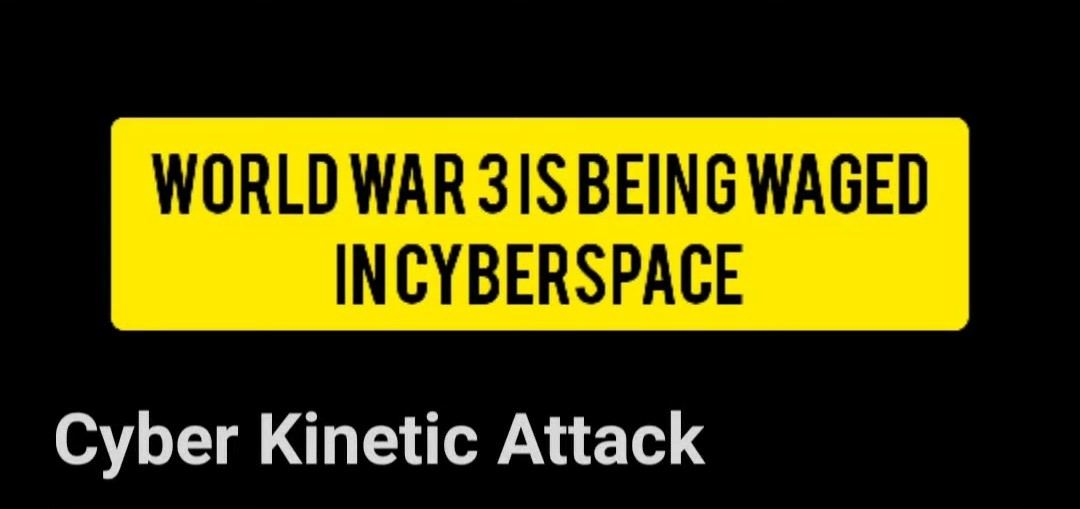» How Small Blogs Became 6-figure Income Generators (and How You Can Do the Same)
How Small Blogs Became 6-figure Income Generators (and How You Can Do the Same)
This guest post is by Patricia Rodriguez of Adsgadget.
From its early beginnings in 1993 to its inevitable rise in the last few years, blogging has become part of our daily lives. Almost everyone has a favorite blog, a blog that they read first thing in the morning while taking the coffee, or a blog they wonder off to after reading the front page of the New York Times.
I'm sure you're familiar with the names Mashable, The Huffington Post, TechCrunch, LifeHacker, and the like. These are just a few of today's biggest blogs.
Most people have probably heard, or at least can guess that most of the big names in blogging started in 10×10 dorm rooms, small bedrooms, or a corner in the attic at the family home.
What exactly did these bloggers do to turn a hobby into six-figure income generators and, ultimately, the most visited blogs in the world? Here's a little insight on some of the biggest blogs on the internet today—and how they got there.
Catching the wave: choosing the right topic at the right time
In 2004, when he was only 19 years old, Pete Cashmore started blogging from his parents' home in Aberdeen, Scotland.
Pete had an interest in new technologies and how social media was increasingly changing the way people related to one another. he was particularly amazed by how certain government and police websites were combining their in-house data with Google maps to learn information on certain areas and citizens.
Nice little story, right? Pete Cashmore never went to college; instead, he founded Mashable in 2005.
How did he do it? He decided to explore a subject that was changing the world in a time when it was at its peak. Social media exploded in the early 2000s and Pete was there to ride the wave. Not only was he a great writer, he was passionate about what he wrote.
How can you do it? When you start a blog, you do it because you love what you do, because it's a hobby you like to spend your time on. Don't lose sight of this just because you're looking to make a buck. Be passionate through every word you write on your blog. Write about what you like and what you know. And remember that today's news is what will happen tomorrow.
Pete Cashmore tapped social media networking at a time when it was making its world debut. See what your era has to offer—there are new discoveries and trends springing up every day. It's all a matter of being here now, being passionate, and writing about it.
The ad factor: Once Pete managed to create a huge community of loyal readers, he went for the big profit makers: advertisements. He subtly included Google AdSense's banner ads throughout Mashable and reaped his revenues automatically every month.
Now, since creating a site like Mashable is not a simple thing to do, my advice to newbies and beginner bloggers would be to start small. Find self-serve ad platforms that cater to long-tail publishers' needs. Adsgadget, AOL ads, or Twitter's new ad platform would be good places to start.
Be cool: the blogger's guide to creativity
Interactive designer Josh Rubin was always looking for creative inspiration and a better understanding of how people functioned. Ever heard of CoolHunting? It's one of the biggest blogs on new designer trends, technology, art and culture. It was founded by Rubin.
Originally launched in 2003 as a designer's reference site, CoolHunting has become an award-winning blog with a huge international audience that's growing every day.
How did he do it? He combined creativity, beauty, and a great idea.
For those bloggers who think content is everything, think again. Yes, interesting and fresh content is super-important, but knowing how to present it is just as important.
When visiting CoolHunting, users are greeted by a colorful, visually attractive and engaging home page, full of great photography and designer breakthroughs.
How can you do it? Be visual. No matter what the topic, don't neglect your blog's design and aesthetic factor. Yes, write about what you know. Yes, write about a subject that fascinates you. But present it in a way that can't be ignored, a way that won't make visitors move their mouse to the upper right corner of their browsers and press on that "x" to close your page.
Let's say you decide to open a blog on recipes that you have picked up on your worldly travels. Take professional photos and post them on your homepage. Make people go "Wait… What is that? Is that food?!" Include pictures, and step by step instructions with interactive ingredients lists.
Think of new blog visitors as being like yourself the first time you went to your favorite restaurant. Regardless of how you got there, I'm sure the first thing you noticed wasn't the ingredients written on the menu, but the way the plate looked when they put it on your table.
The ad factor: Josh Rubin got to the point where his site was bursting with organic traffic, so he decided to implement advertising and make the most of his success. When you scroll down Josh's page you can see fashionable ads from AdRoll or AdMedia servers. These ads are targeted to his specific audience, so you can just imagine how many clicks each one gets.
Have a voice, be aggressive and be ready for criticism
Once upon a time there was a woman called Arianna Huffington. She decided to start a small website called Resignation.com. The website was a call for President Bill Clinton's resignation and a place for conservatives to mesh together.
Needless to say, you need to be a very opinionated person and have quite a strong voice in order to even think of starting such a website. I'm sure she received her fair share of criticism but carried on nonetheless.
Ever heard of The Huffington Post? It was founded in 2005 by the same person.
How did she do it? By having a voice and not being afraid to shout it.
This is a blog with a very particular tone and a voice of its own. Though sometimes seen as being a bit too aggressive, The Huffington Post presents news in a different light. And people love it.
How can you do it? People like to hear opinionated minds, and they like well-written news with a handful of criticism on the side. They like sassy writing and bold ideas.
Find your blogger voice and shout it out. Don't be afraid to get criticized. Learn to take in the bad, and spin it your way.
The ad factor: You guessed it—Arianna also opted for ad platforms when she started getting big on the internet. Nowadays she works with Google's AdSense and DoubleClick platforms.
Advertising: a fast way to turn your hobby blog into a profession
Without a doubt, what pointed these internet enthusiasts in the right direction was their passion for what they were writing. Once they found their voice and attracted a good amount of loyal readers and steady site traffic, they turned to advertising.
Blogging isn't easy, even when it's done as a hobby. Turning that hobby into a full-time profession is even harder. It takes time, effort, patience, and most importantly, it takes passion. None of these bloggers started earning overnight. It took them a while before they found their voice and decided to go big and take risks.
All you need is to remember who you are, what you love, and go public with it. You'll figure out the rest along the way.
Patricia is the PR manager at Adsgadget, a new self-serve ad platform for publishers worldwide. She has years of experience in the online marketing industry and has worked as a content writer for several media outlets.


Comments
Post a Comment